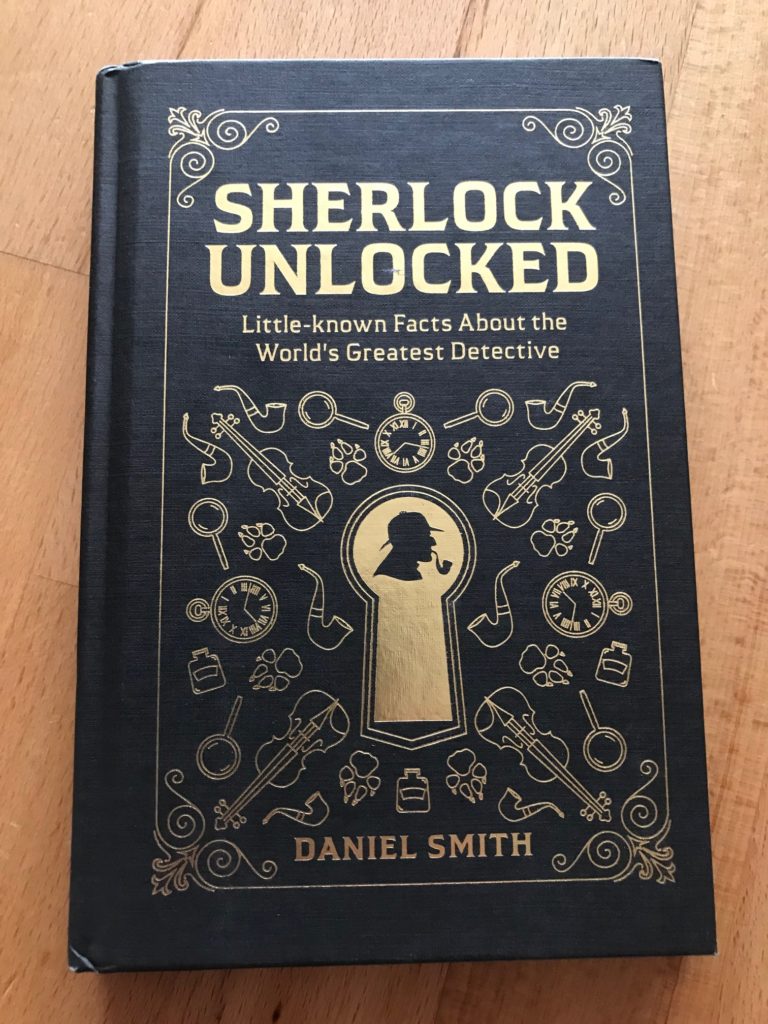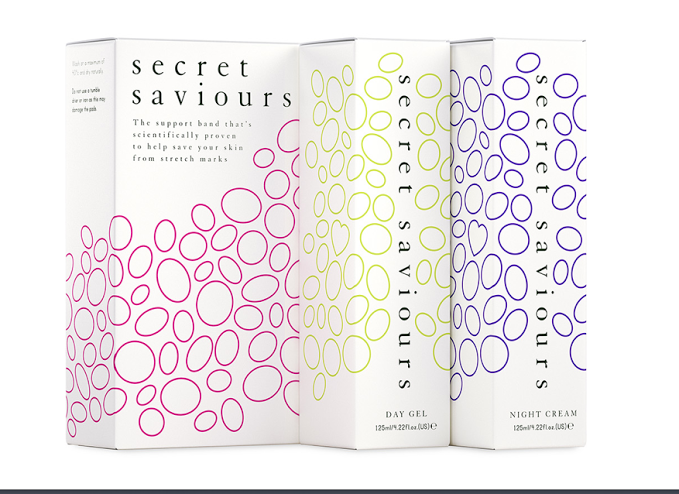The Charles Dickens Museum has put some great Dickens facts together for us in conjunction with the release of The Invisible Woman which is out on DVD now.  . Enjoy.
. Enjoy.
Dickens was extremely fond of his sister in law, Mary Hogarth, who was 15 at the time they first met. Mary died, aged 17, in his arms at his home at Doughty St (now the Charles Dickens Museum) and Dickens was struck low with grief. He wore a ring from her finger for the rest of his life and kept a lock of her hair. He was unable to work for months following her death – a situation previously unheard of. To a close friend he wrote of her death:
“Thank God she died in my arms and that they very last words she whispered were of me … I solemnly believe that so perfect a creature never breathed. I knew her inmost heart and her real worth and value. She had not a fault…”

· Dickens love and fondness for Mary coloured his life for years after and affected him profoundly. Years later Dickens spoke of his wish to be buried beside Mary to his friend John Forster:
“The desire to be buried next to her is as strong upon me now as it was three years ago; and I know (for I don’t think there ever was love like that I bear her) that it will never diminish…”.
· Dickens met his first love, Maria Beadnell, at age 17. He was not considered good enough for the attentions of a bankers daughter. He vowed to become an actor to impress her and even when he became a well earning parliamentary reporter in 1835, he was refused by Maria’s parents. Maria contacted Dickens again later in life in 1854 and he was once again infatuated and sent her effusive letters until he discovered she had become dull and matronly. After this he never spoke to Maria again and portrayed her cruelly as Flora in ‘Little Dorrit’
· Dickens met the young actress Ellen Ternan when she was 17 and he pursued her from 1857 and was connected to her until his death in 1870. Dickens went to great lengths to keep the affair a secret from his adoring public. Ellen was the same age when he met her as Mary Hogarth had been when she died.
· As the relationship with his wife Catherine soured, he arranged for a wall to be built in the middle of their shared bedroom making the separation complete.
· In 1858, Dickens officially separated from Catherine and to put an end to rumours in circulation about his affair with Ellen Ternan, he had a notice published in London Times and Household Words to explain the ‘amicably composed’ separation to his wider public.
· When Dickens separated from Catherine, he blamed her mental instability as the cause of their break-up rather than the affair with Ellen Ternan
· A serpent ring tells the story of strained relations between Catherine Dickens and her sister Georgina following the separation of the Dickens’s marriage in 1858; Georgina made the controversial decision to remain with Dickens as his housekeeper. Many years later, after Dickens’s death, Catherine made a gift of the serpent ring to the sister who had deserted her, the symbol of the snake implying her betrayal.
· The affair between Dickens and Ellen was covered up well into 1920’s. Subsequent generations denied that the affair ever happened. A discovery of Dickens’ stolen or lost diary of 1867, found in 1943, appears to confirm the affair through coded entries..
Dickens was extremely fond of his sister in law, Mary Hogarth, who was 15 at the time they first met. Mary died, aged 17, in his arms at his home at Doughty St (now the Charles Dickens Museum) and Dickens was struck low with grief. He wore a ring from her finger for the rest of his life and kept a lock of her hair. He was unable to work for months following her death – a situation previously unheard of. To a close friend he wrote of her death:
“Thank God she died in my arms and that they very last words she whispered were of me … I solemnly believe that so perfect a creature never breathed. I knew her inmost heart and her real worth and value. She had not a fault…”
· Dickens love and fondness for Mary coloured his life for years after and affected him profoundly. Years later Dickens spoke of his wish to be buried beside Mary to his friend John Forster:
“The desire to be buried next to her is as strong upon me now as it was three years ago; and I know (for I don’t think there ever was love like that I bear her) that it will never diminish…”.
· Dickens met his first love, Maria Beadnell, at age 17. He was not considered good enough for the attentions of a bankers daughter. He vowed to become an actor to impress her and even when he became a well earning parliamentary reporter in 1835, he was refused by Maria’s parents. Maria contacted Dickens again later in life in 1854 and he was once again infatuated and sent her effusive letters until he discovered she had become dull and matronly. After this he never spoke to Maria again and portrayed her cruelly as Flora in ‘Little Dorrit’
· Dickens met the young actress Ellen Ternan when she was 17 and he pursued her from 1857 and was connected to her until his death in 1870. Dickens went to great lengths to keep the affair a secret from his adoring public. Ellen was the same age when he met her as Mary Hogarth had been when she died.
· As the relationship with his wife Catherine soured, he arranged for a wall to be built in the middle of their shared bedroom making the separation complete.
· In 1858, Dickens officially separated from Catherine and to put an end to rumours in circulation about his affair with Ellen Ternan, he had a notice published in London Times and Household Words to explain the ‘amicably composed’ separation to his wider public.
· When Dickens separated from Catherine, he blamed her mental instability as the cause of their break-up rather than the affair with Ellen Ternan
· A serpent ring tells the story of strained relations between Catherine Dickens and her sister Georgina following the separation of the Dickens’s marriage in 1858; Georgina made the controversial decision to remain with Dickens as his housekeeper. Many years later, after Dickens’s death, Catherine made a gift of the serpent ring to the sister who had deserted her, the symbol of the snake implying her betrayal.
· The affair between Dickens and Ellen was covered up well into 1920’s. Subsequent generations denied that the affair ever happened. A discovery of Dickens’ stolen or lost diary of 1867, found in 1943, appears to confirm the affair through coded entries..
Dickens was extremely fond of his sister in law, Mary Hogarth, who was 15 at the time they first met. Mary died, aged 17, in his arms at his home at Doughty St (now the Charles Dickens Museum) and Dickens was struck low with grief. He wore a ring from her finger for the rest of his life and kept a lock of her hair. He was unable to work for months following her death – a situation previously unheard of. To a close friend he wrote of her death:
“Thank God she died in my arms and that they very last words she whispered were of me … I solemnly believe that so perfect a creature never breathed. I knew her inmost heart and her real worth and value. She had not a fault…”
· Dickens love and fondness for Mary coloured his life for years after and affected him profoundly. Years later Dickens spoke of his wish to be buried beside Mary to his friend John Forster:
“The desire to be buried next to her is as strong upon me now as it was three years ago; and I know (for I don’t think there ever was love like that I bear her) that it will never diminish…”.
· Dickens met his first love, Maria Beadnell, at age 17. He was not considered good enough for the attentions of a bankers daughter. He vowed to become an actor to impress her and even when he became a well earning parliamentary reporter in 1835, he was refused by Maria’s parents. Maria contacted Dickens again later in life in 1854 and he was once again infatuated and sent her effusive letters until he discovered she had become dull and matronly. After this he never spoke to Maria again and portrayed her cruelly as Flora in ‘Little Dorrit’
· Dickens met the young actress Ellen Ternan when she was 17 and he pursued her from 1857 and was connected to her until his death in 1870. Dickens went to great lengths to keep the affair a secret from his adoring public. Ellen was the same age when he met her as Mary Hogarth had been when she died.
· As the relationship with his wife Catherine soured, he arranged for a wall to be built in the middle of their shared bedroom making the separation complete.
· In 1858, Dickens officially separated from Catherine and to put an end to rumours in circulation about his affair with Ellen Ternan, he had a notice published in London Times and Household Words to explain the ‘amicably composed’ separation to his wider public.
· When Dickens separated from Catherine, he blamed her mental instability as the cause of their break-up rather than the affair with Ellen Ternan
· A serpent ring tells the story of strained relations between Catherine Dickens and her sister Georgina following the separation of the Dickens’s marriage in 1858; Georgina made the controversial decision to remain with Dickens as his housekeeper. Many years later, after Dickens’s death, Catherine made a gift of the serpent ring to the sister who had deserted her, the symbol of the snake implying her betrayal.
· The affair between Dickens and Ellen was covered up well into 1920’s. Subsequent generations denied that the affair ever happened. A discovery of Dickens’ stolen or lost diary of 1867, found in 1943, appears to confirm the affair through coded entries.











